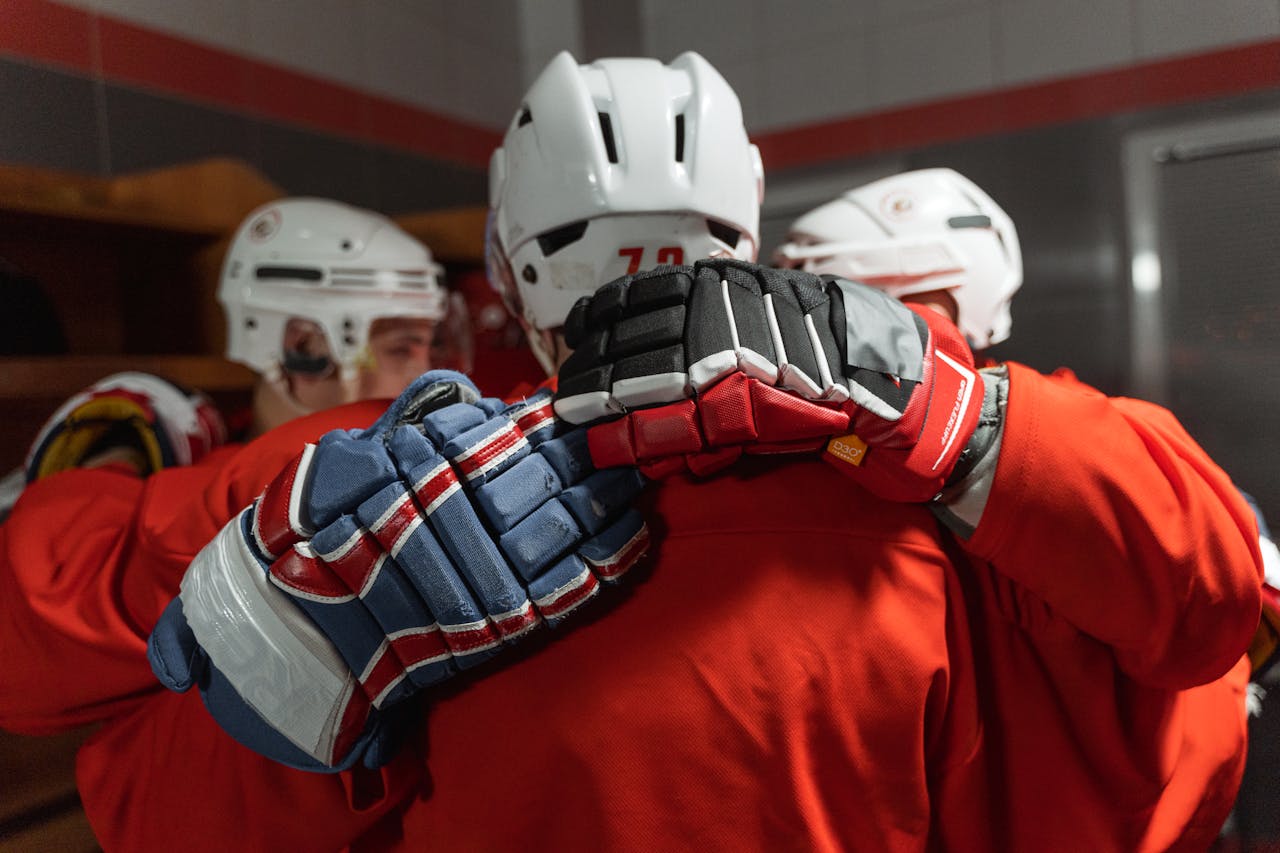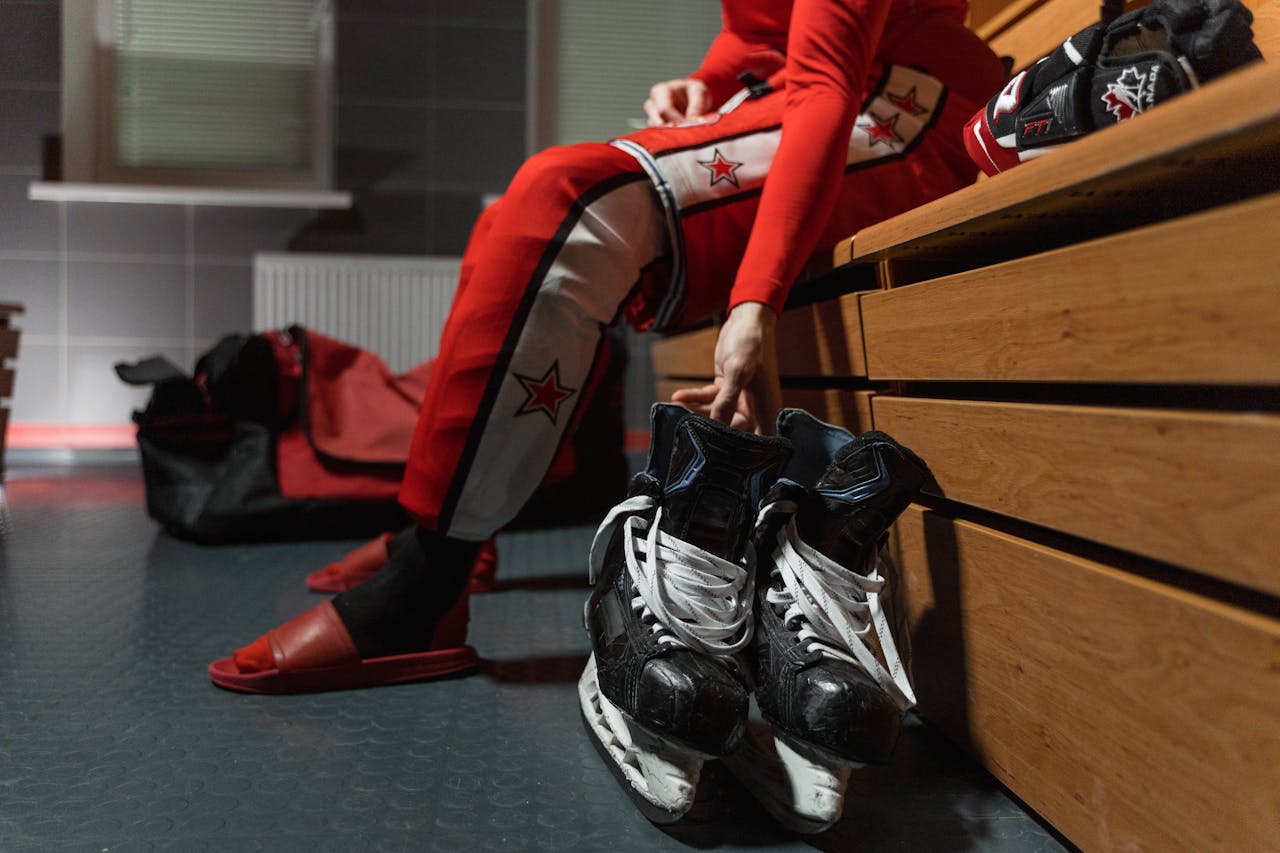Welcome to Hockey2K – Your Ultimate Hockey Hub!
Hockey2K is your go-to destination for everything hockey! Whether you’re a seasoned pro or a young player just starting out, our site is packed with expert advice, in-depth reviews, and the latest news to help you elevate your game. We cover it all—hockey equipment, training, youth & minor leagues, rules & strategy, and the NHL. If it’s hockey, we’re talking about it!
Hockey Equipment Reviews & Guides
Choosing the right gear can make or break your performance on the ice. At Hockey2K, we provide comprehensive equipment reviews for sticks, skates, helmets, pads, and everything in between. Whether you’re looking for budget-friendly options or the top-of-the-line gear, our buying guides and expert reviews will help you make the best choice.
- Top Stick Reviews
- Best Skates for Speed & Comfort
- Protective Gear for Every Level
- Goalie Equipment Breakdown
Featured Reviews:
- Best Youth Hockey Sticks of 2025
- Top Rated Skates for Competitive Players
- Helmets that Keep You Safe and Stylish

Hockey Training & Skills Development
Take your game to the next level with our expert training tips! Whether you’re focused on improving your speed, shooting accuracy, or defensive skills, Hockey2K offers targeted advice from coaches and pro players. Our skills development guides and training programs cover everything from basic drills to advanced techniques, helping players of all ages and skill levels grow their game.
- Training Plans for Players of All Ages
- Skill-Specific Drills for Skating, Shooting, & Passing
- Mental Game Strategies for Hockey Players
Featured Articles:
- 5 Drills to Improve Your Skating Speed
- Perfecting Your Wrist Shot: A Step-by-Step Guide
- Building Mental Toughness in Hockey
Youth & Minor Hockey
Getting started in hockey can be challenging, but Hockey2K is here to make the journey easier for both players and parents. We cover everything about youth and minor league hockey, from equipment recommendations to league tips and parent advice. Plus, our guides make understanding the developmental stages and age-appropriate training accessible and fun.
- Parent’s Guide to Youth Hockey
- What to Expect in Minor Hockey Leagues
- Developing Young Athletes for Future Success
Featured Articles:
- A Parent’s Guide to Choosing the Right Hockey Program
- How to Help Your Kid Stay Motivated in Minor Hockey
- The Best Youth Hockey Gear: What to Buy and Why
Hockey Rules & Strategy
Master the game with our in-depth analysis of hockey rules, tactics, and strategies. Whether you’re a player, coach, or fan, understanding the ins and outs of the game can elevate your experience. We break down the rules of play, penalties, and advanced strategies to help you understand the game at a deeper level.
- Hockey Rules Demystified
- Basic and Advanced Hockey Strategies
- Penalty Breakdown: What Every Player Should Know
Featured Articles:
- The Offside Rule Explained
- Power Play Strategies: How to Dominate the Ice
- Understanding the Icing Rule and How It Impacts the Game

Professional Hockey & NHL Coverage
Stay on top of the latest in professional hockey with our NHL coverage and news! We provide in-depth analysis, player profiles, game breakdowns, and the latest headlines. Whether you’re following your favorite team or just keeping up with league-wide action, Hockey2K gives you insider insights into the world of professional hockey.
- NHL Game Recaps & Analysis
- Trade & Player Movement Updates
- Player Profiles & Team Spotlights
Featured Articles:
- NHL Power Rankings: Top Teams This Season
- Trade Deadline: What the Latest Moves Mean for Your Team
- Player Spotlight: Who’s on the Rise in the NHL?
Why Choose Hockey2K?
- Expert Reviews: We’re committed to providing the most thorough and unbiased equipment reviews.
- Comprehensive Training Guides: Whether you’re a beginner or a pro, our training resources cover all the skills you need to improve.
- Youth Focus: We understand how important it is to foster young talent and help parents navigate the world of minor hockey.
- NHL & Pro Coverage: We don’t just cover the basics; we keep you updated on the professional scene, including breaking news and strategic insights.
Join the Hockey2K Community
Don’t miss out on the latest news, updates, and insights from the world of hockey. Subscribe to our newsletter for weekly content, or follow us on social media for real-time updates. Whether you’re a player, parent, or fan, Hockey2K has something for everyone.
Stay Connected
- Subscribe to Our Newsletter
- Follow Us on Social Media
- Shop Our Recommended Gear
Ready to drop the puck? Dive into the world of hockey with Hockey2K—your ultimate source for gear, training, and the latest hockey news!